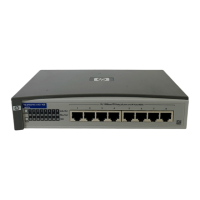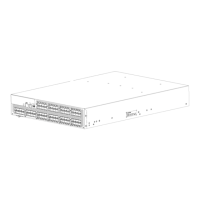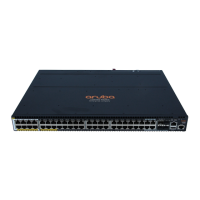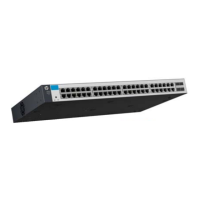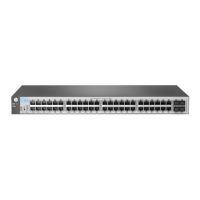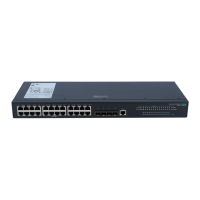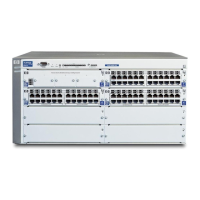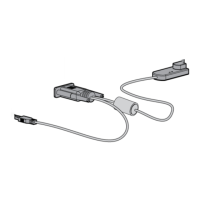
Do you have a question about the HP 409054-003 and is the answer not in the manual?
Identifies physical components of the console switch and their functions.
Details the components and LEDs of interface adapters supporting Virtual Media.
Provides general guidance on installing the console switch and rack-mounting safety.
Lists items included in the kit and other essential items needed for installation.
Explains different methods and considerations for mounting the console switch in a rack.
Details the steps for connecting the console switch to power and network.
Introduces the HP IP Console Viewer software for managing the console switch.
Explains the necessity and basic connection of interface adapters for the system.
Provides step-by-step instructions for connecting interface adapters to servers.
Explains the concept and support for cascading multiple console switches.
Details compatibility requirements for cascading switches, especially with Virtual Media.
Illustrates a specific cascade configuration with multiple HP switches.
Introduces direct console access via the local port and the Main dialog box.
Explains how to open and navigate the Main dialog box using keyboard shortcuts.
Covers viewing servers by name, port, status, and soft switching between them.
Details basic OSD navigation keys and managing routine server tasks.
Covers changing display behavior, keyboard language, network settings, and security.
Details setting/changing passwords, recovering lost passwords, and enabling/disabling screen savers.
Guides on setting up automatic server scanning patterns.
Explains preemption and managing user connections.
Covers displaying interface adapter status and version information.
Details running system diagnostics and resetting devices.
Introduces Virtual Media functionality for connecting shared media to servers.
Discusses compatibility issues with USB 2.0 composite devices and Virtual Media.
Explains what Virtual Media resources can be mapped and their limitations.
Details how to establish and use Virtual Media sessions from the local console.
Illustrates Virtual Media usage in two-tier and three-tier cascading setups.
Guides on disabling and enabling the USB 2.0 function for compatibility.
Describes how to connect the console switch to a network via LAN.
Details physical connection and configuration for serial management using HyperTerminal/Minicom.
Introduces the console switch's main menu for configuration and management.
Covers network configuration and firmware updates via TFTP/FTP.
Details password settings, factory defaults, and web interface port configuration.
Details how to configure the network interface card settings.
Provides steps to recover a lost serial management password.
Provides an overview of methods for upgrading console switch firmware.
Details upgrading firmware via the local On-Screen Display.
Guides on upgrading firmware via HP IP Console Viewer and serial connection.
Introduces methods for upgrading interface adapter firmware.
Details upgrading firmware for single or multiple interface adapters.
Explains how to enable automatic firmware updates for interface adapters.
Guides on enabling TFTP services on Windows and Linux for firmware transfers.
Provides a table of common problems and their solutions.
Lists supported cable lengths for optimal video performance.
Answers questions on hot-pluggability of components and rack mounting options.
Covers accessing dialog boxes, cascading, language, and firmware versions.
Addresses operational status, screen saver, diagnostics, and cable support questions.
Specifies the types of CAT5 cables supported by the console switch.
Lists required information to have ready before contacting HP support.
Provides contact details and resources for HP support and resellers.
Details FCC regulations, rating labels, and declaration of conformity.
Covers FCC requirements on modifications, cables, and Canadian regulations.
Lists EU directives, conformity marking, and equipment disposal guidelines.
Contains specific notices for Japanese and Korean users regarding equipment.
Defines common acronyms and abbreviations used in the manual.
